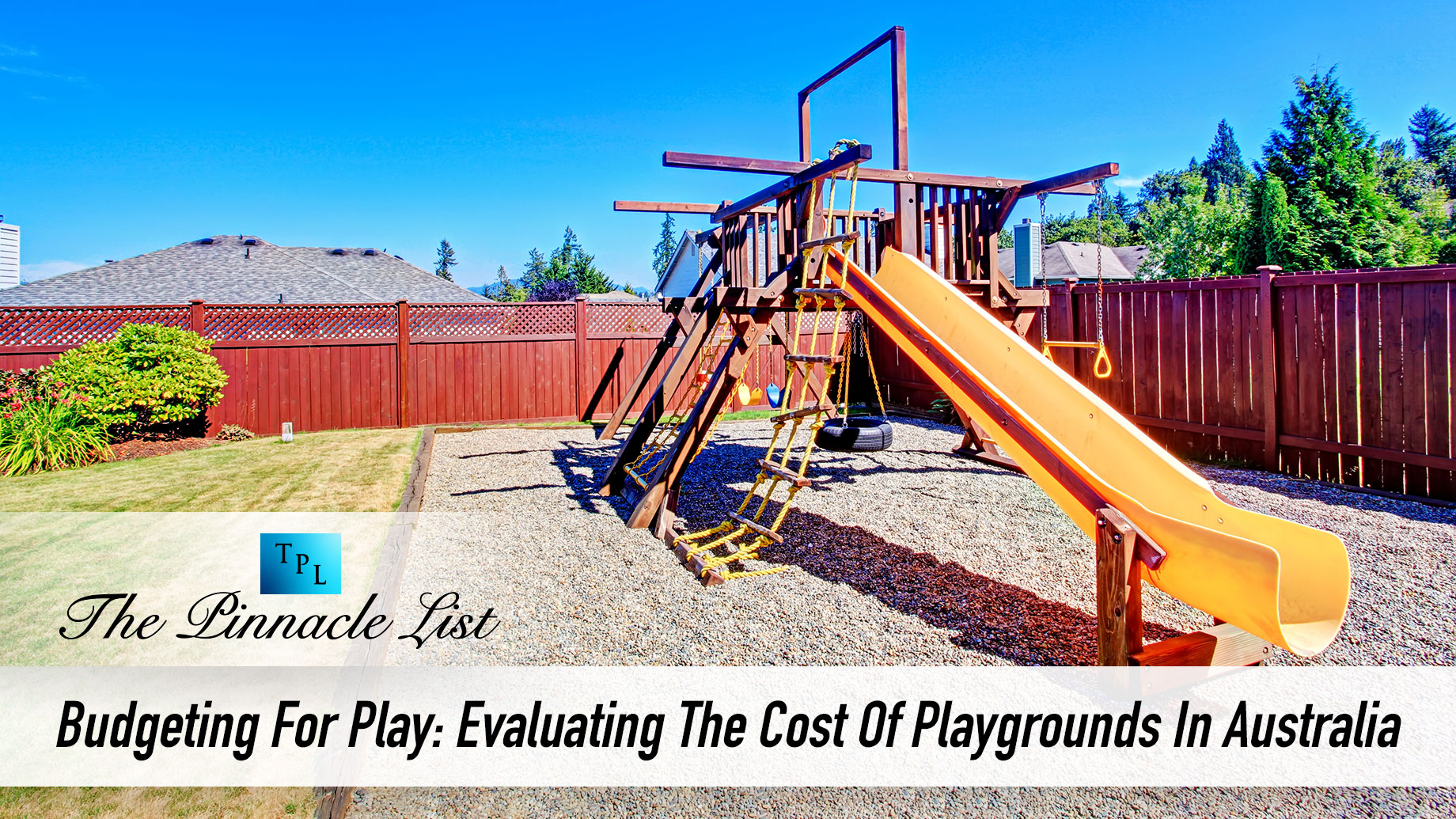
Playgrounds are essential spaces where children can engage in physical activity, socialize, and develop important cognitive and motor skills. Creating and maintaining safe and engaging playgrounds requires careful planning and budgeting. One of the most common questions that arises when considering playground development is, “How much does a playground cost in Australia?” This article explores the factors involved in evaluating the cost of playgrounds in Australia, shedding light on the various elements that contribute to the overall budget.
Importance Of Playgrounds
Playgrounds play a crucial role in the physical and mental development of children. They provide opportunities for children to explore, imagine, and interact with their peers, fostering social, emotional, and cognitive growth. Recognizing the significance of play in child development, local communities, schools, and municipalities invest in creating and upgrading playgrounds to ensure a conducive environment for children’s play activities.
Types Of Playgrounds
Playgrounds in Australia vary in size, design, and features. They can be categorized into different types, such as community playgrounds, school playgrounds, and public park playgrounds. Each type has unique considerations in terms of design, equipment, and safety standards. Understanding the specific requirements of the intended users is vital for accurately evaluating the cost of a playground.
Factors Affecting Playground Costs
Several factors influence the cost of playgrounds in Australia. Some of the key considerations include:
- Playground Design: The design of a playground greatly impacts the cost. Factors such as size, complexity, and custom features contribute to the overall budget. Unique designs or themes may require additional investment in specialized equipment or structures.
- Equipment And Materials: In terms of quality, longevity, and safety, playground equipment and materials can vary greatly. The cost of equipment like swings, slides, climbing structures, and interactive play features might vary based on the materials used and the precise safety regulations they comply with.
- Safety Standards And Compliance: Ensuring playgrounds meet safety standards is of paramount importance. Compliance with Australian safety regulations, such as those outlined by the Australian Standard AS 4685, requires careful consideration and may affect the overall cost. Safety surfacing materials, fencing, and accessibility features also contribute to the budget.
- Site Preparation: Preparing the site for a playground involves considerations such as excavation, grading, drainage, and installation of utilities. The condition of the site and any necessary landscaping or groundwork can influence the overall budget.
- Maintenance And Longevity: Playground maintenance is an ongoing cost that should be factored into the budget. Choosing durable, low-maintenance materials and regularly inspecting and repairing equipment can help mitigate future expenses.
Budgeting Process
Developing a realistic budget for a playground project involves multiple steps. It begins with a thorough assessment of the project’s scope, requirements, and desired outcomes. Key budgeting steps include:
- Needs Assessment: Identifying the needs and goals of the playground project, taking into account the intended users, community requirements, and available space.
- Cost Estimation: Conduct research, consulting with playground equipment suppliers, and obtaining quotes to estimate the costs associated with equipment, installation, surfacing, and other relevant elements.
- Funding Sources: Exploring various funding options, such as government grants, community fundraising, corporate sponsorships, and partnerships, to secure financial support for the playground project.
- Cost-Benefit Analysis: Evaluating the long-term benefits and returns on investment associated with different design choices and features to ensure a balanced and cost-effective approach.
- Contingency Planning: Allocating a contingency budget to account for unforeseen circumstances, price fluctuations, or design modifications during the implementation phase.